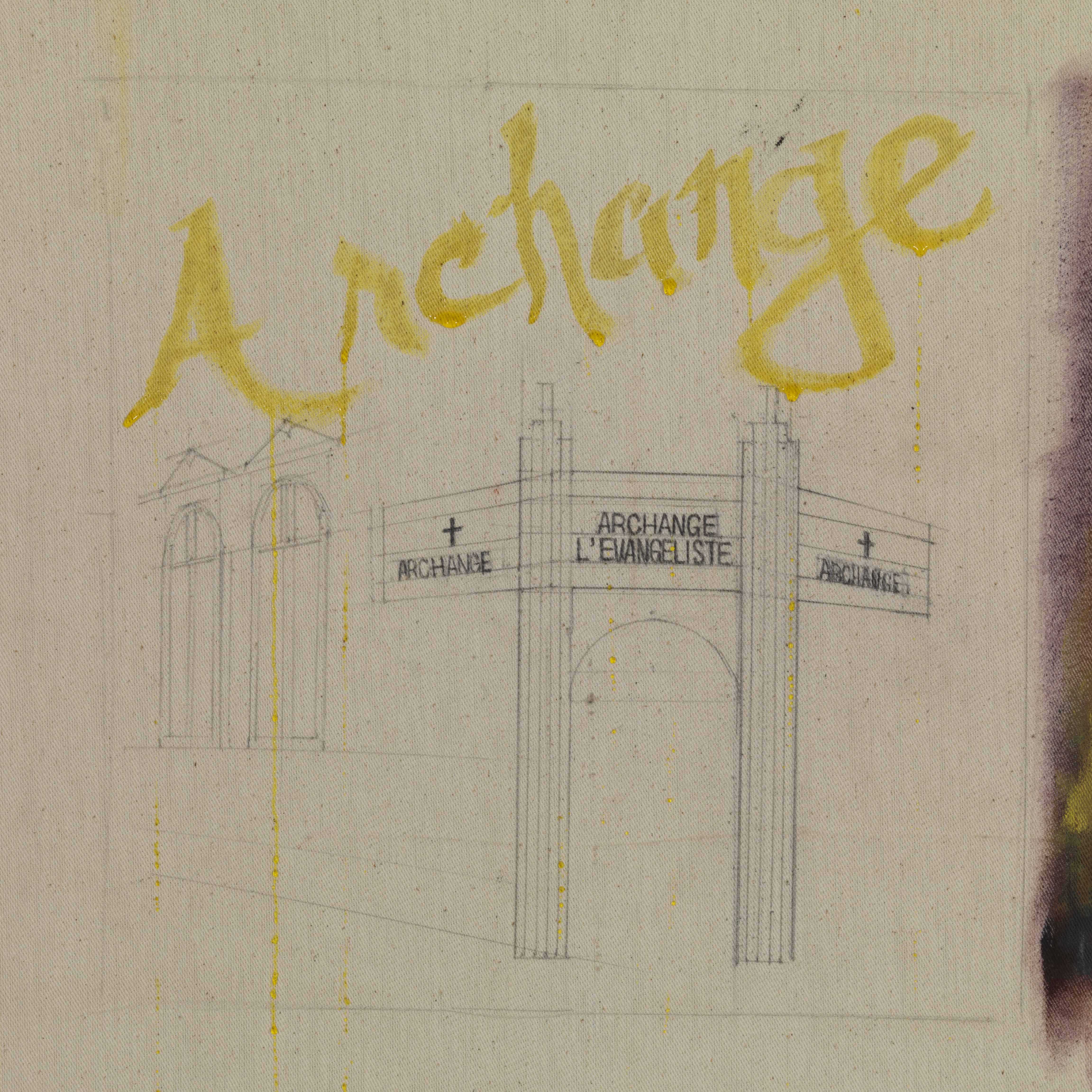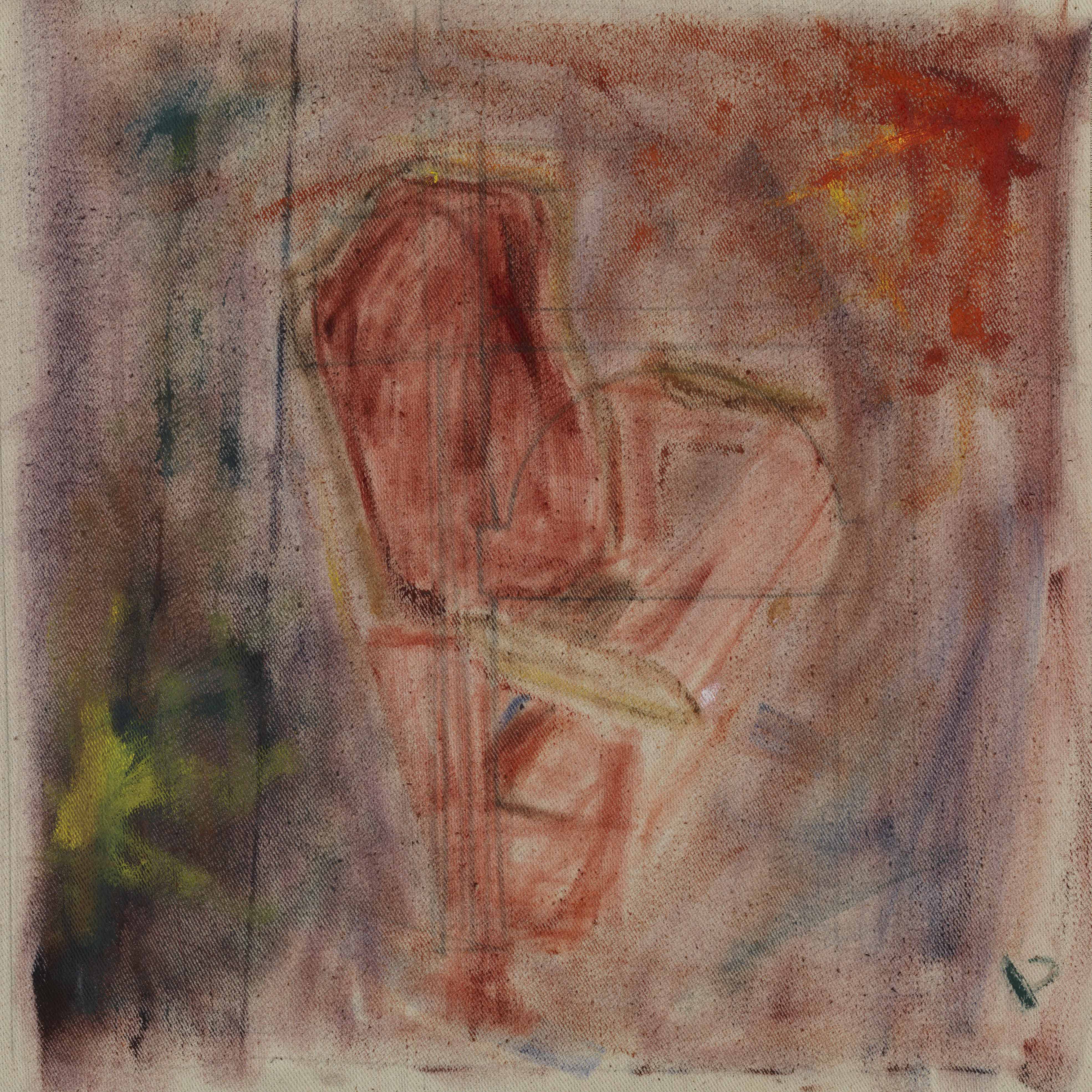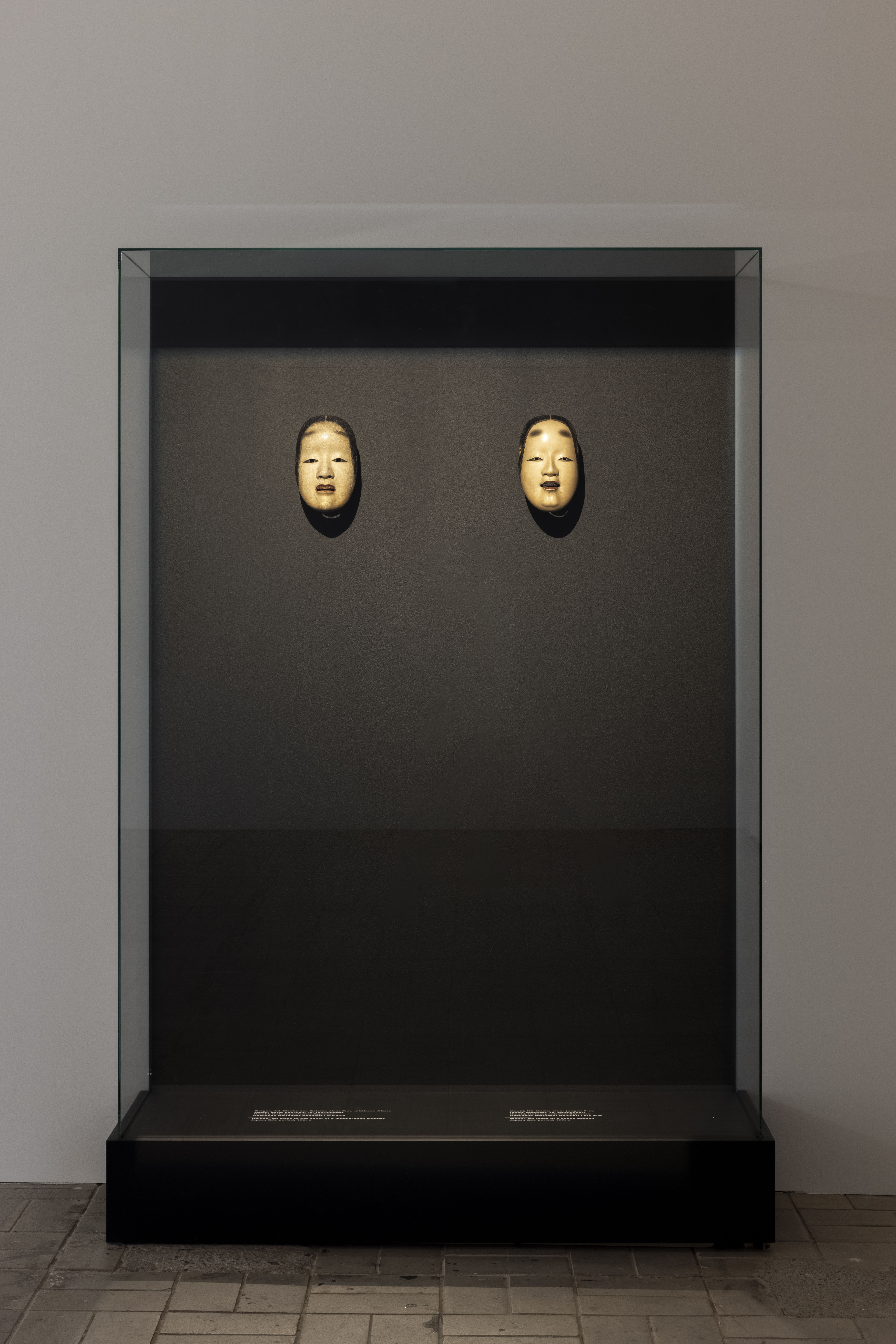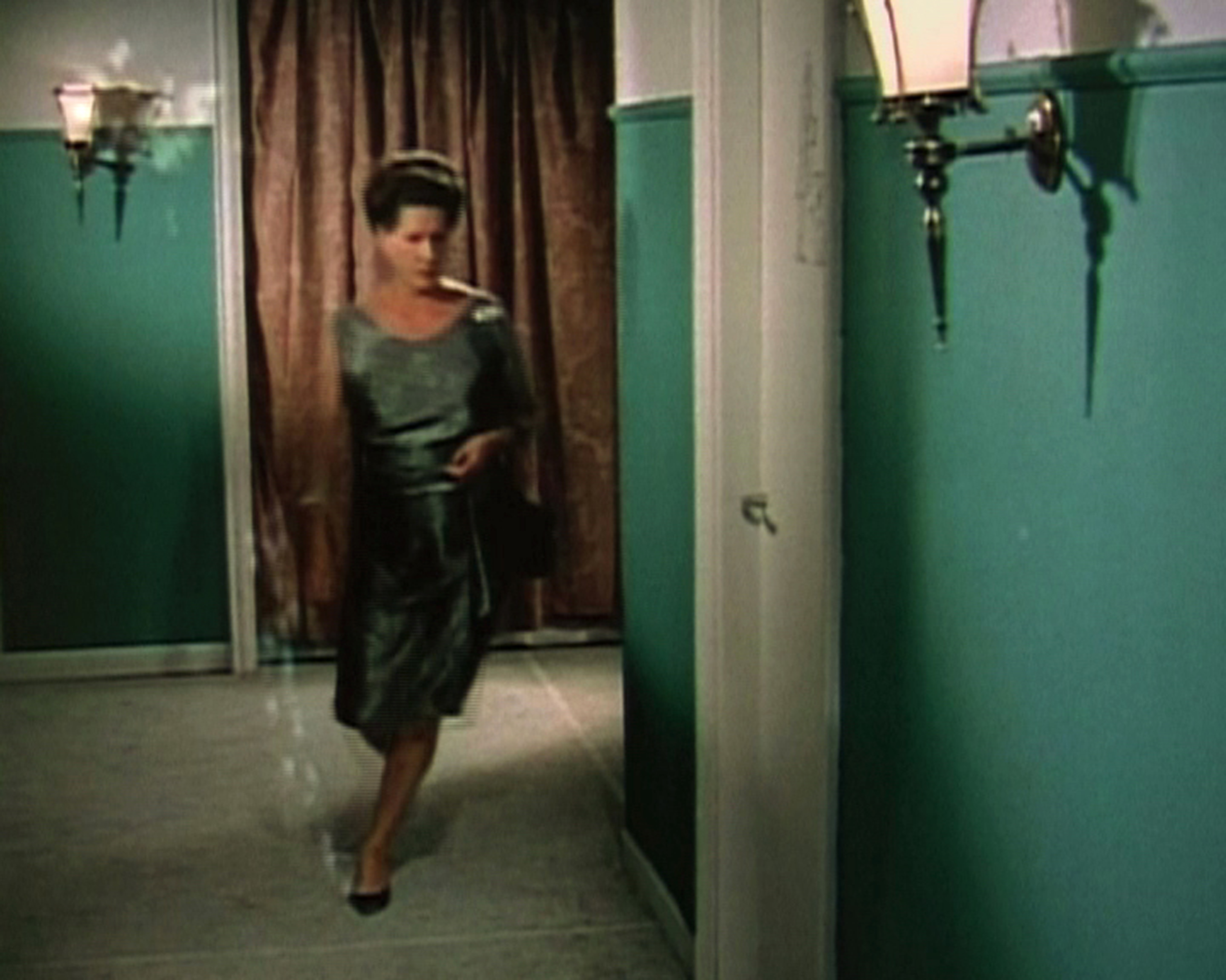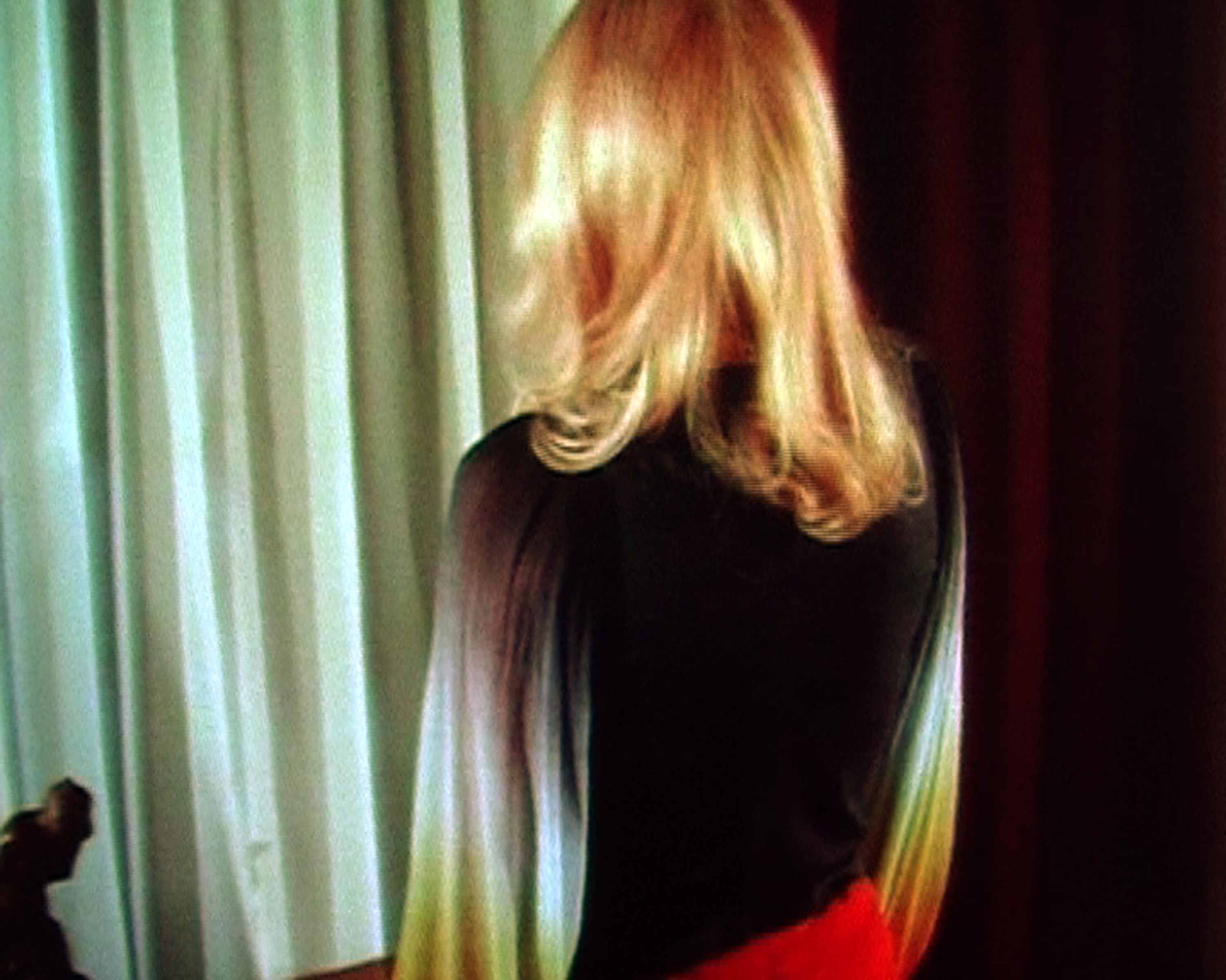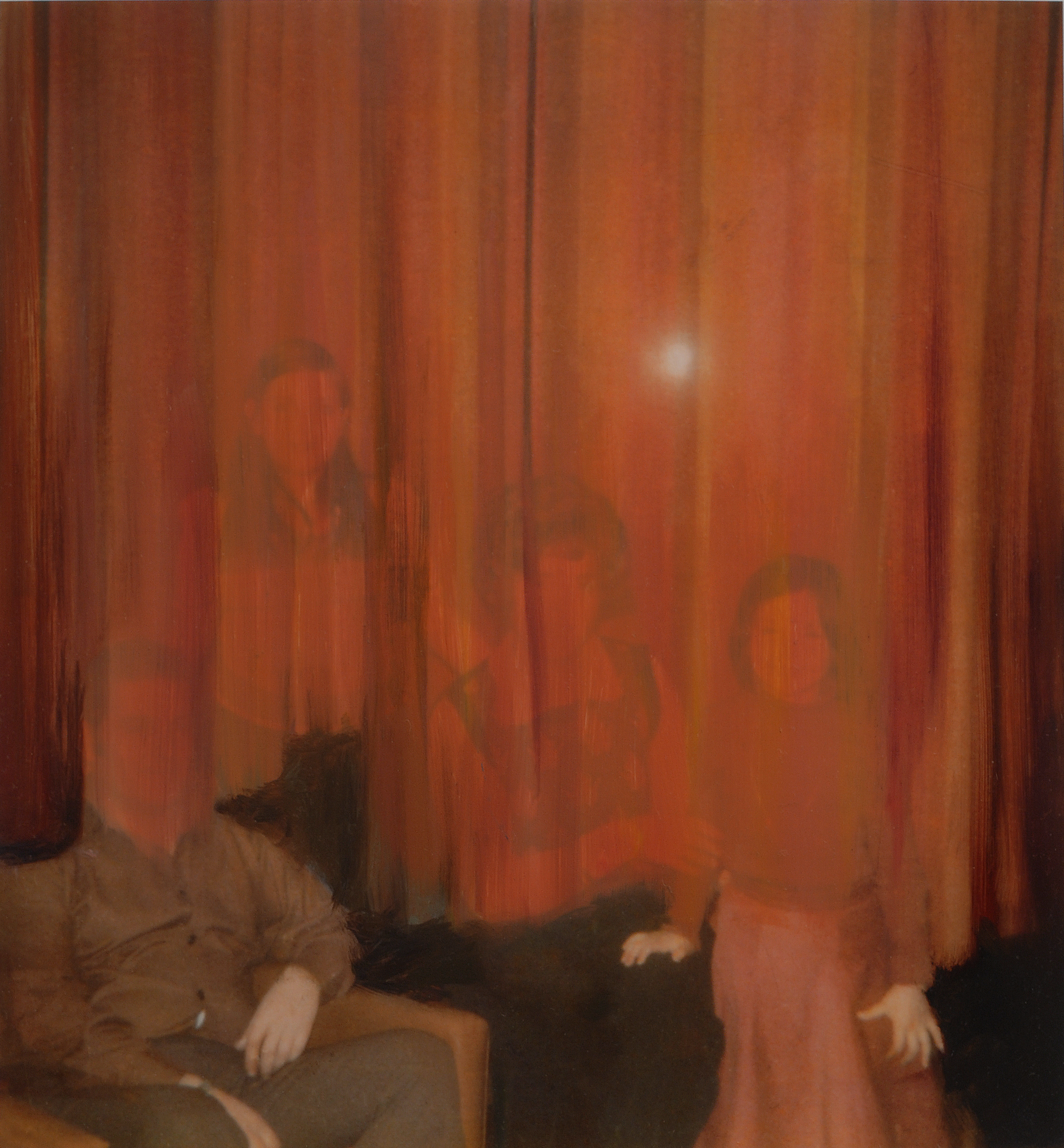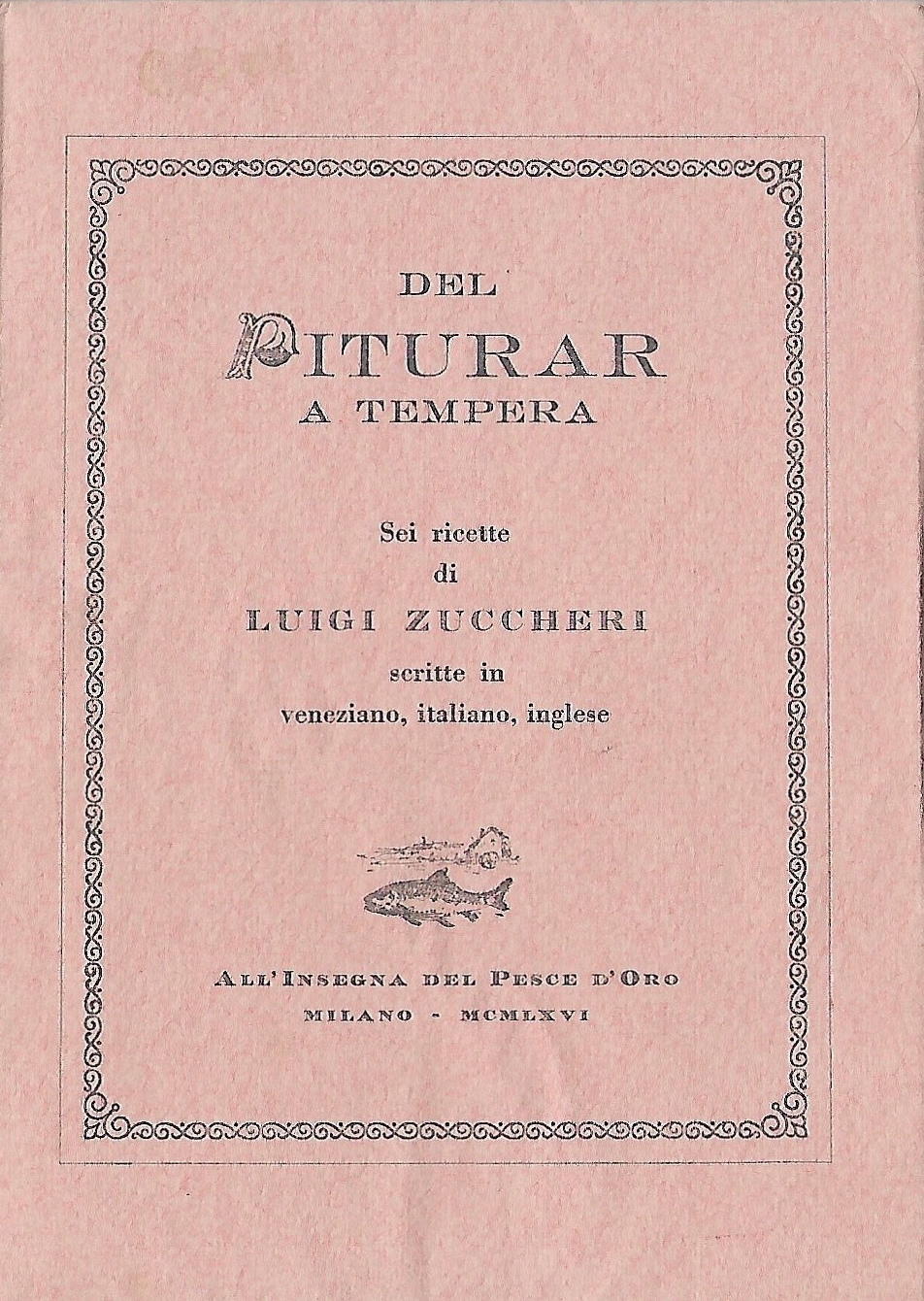courtyard is an exhibition space.
A place of gathering and experimentation, defined by the projects, contributions and events it hosts at a given moment, and driven by the associations that emerge from these. Visitors are invited to wander across the open space.
Hemlock Forest by Μoyra Davey
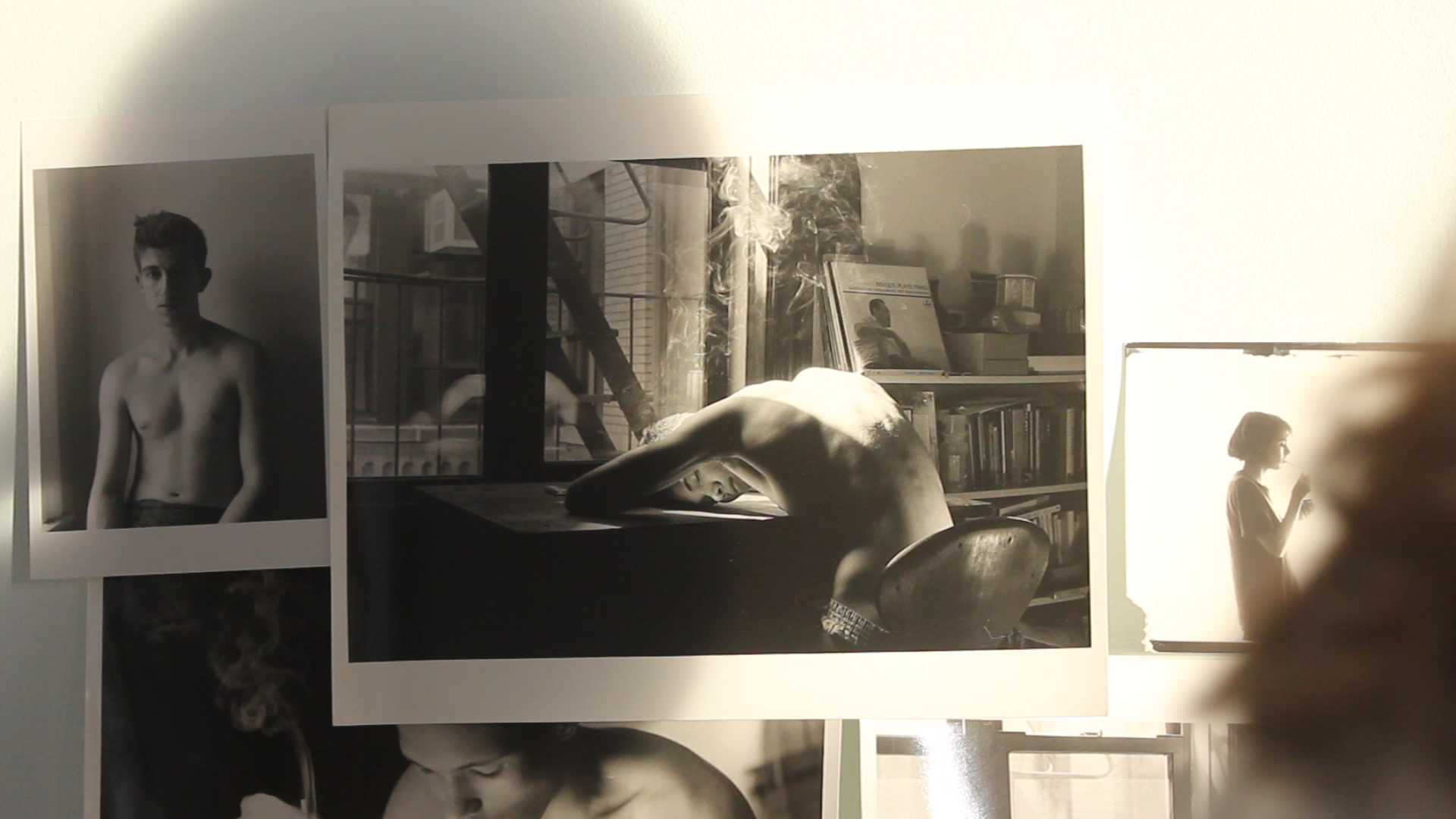
31 Mar 2022
Moyra Davey, Hemlock Forest, HD video with sound, still, 41 min 15 sec, 2016
Co-commissioned and co-produced by Bergen Kunsthall & la Biennale de Montréal. Courtesy the artist & greengrassi, London
Hemlock Forest was presented at courtyard, Thursday 31 March–Sunday 3 April 2022, 7pm (CET)
On Two Japanese Nō Masks (18th Century) captioned at the Rietberg Museum as: “Deigan, Nō mask of the spirit of a middle aged woman, Japan, mid-Edo period, 18th C and Manbi, Nō mask of a beautiful young woman, Japan, mid-Edo Period, 18th C.” by Iman Issa
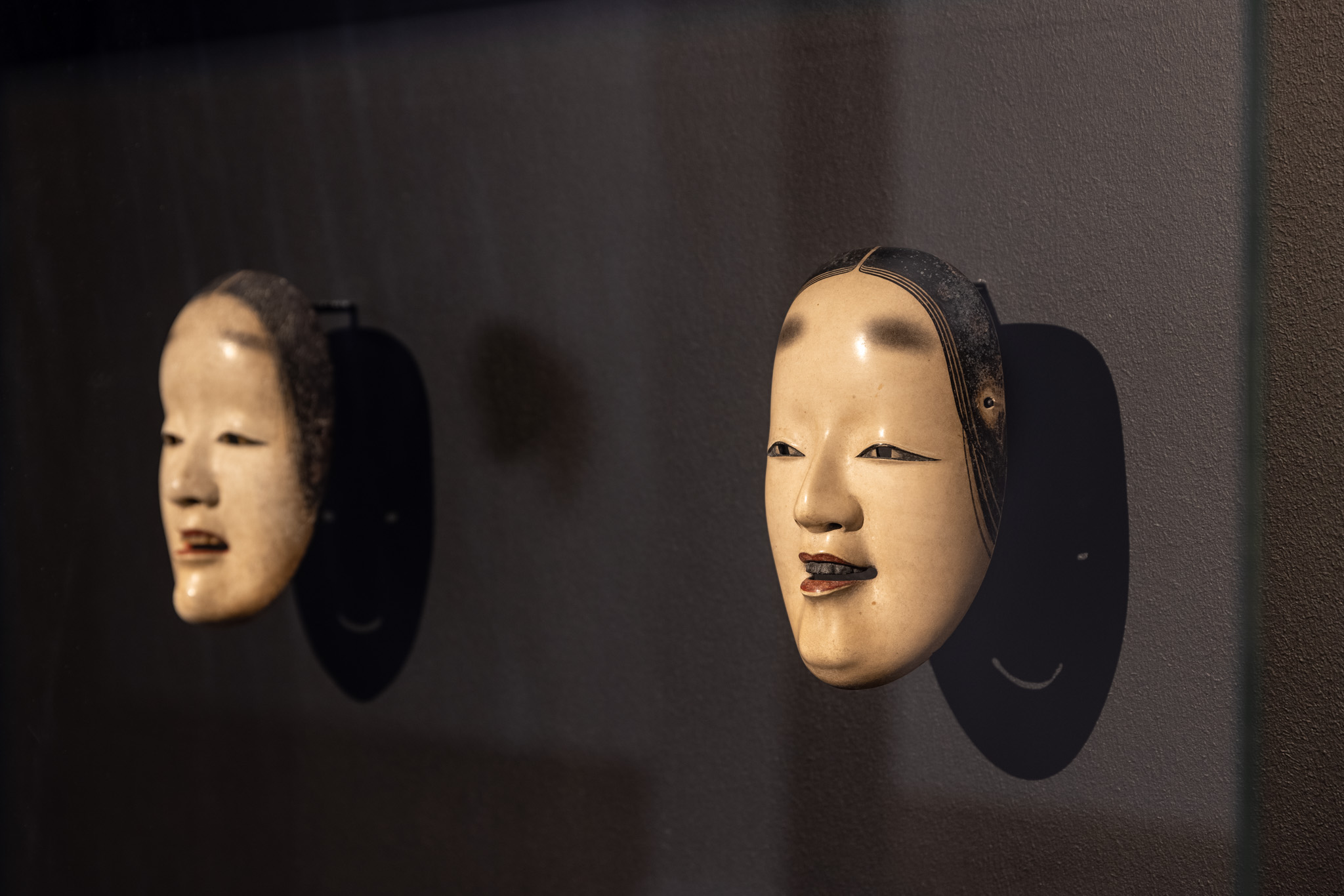
Deigan, Nô-mask of the spirit of a middle-aged woman (left), Manbi, Nô-mask of a young woman (right), 18th century, mid-Edo Period, Japan. Courtesy Museum Rietberg, Zurich, Photo: Frank Sperling
I happened upon this display while visiting the Rietberg Museum in Zurich in 2018. I remember being captured by the two masks and their placement next to each other. Not having immediately read the caption, I attributed the subtle distinction between them to their being of different characters or affective states, but I would not have guessed what the caption denotes; that the distinction is of the more unsettling and shared nature of aging.
I tried to examine their features carefully, in an effort to accurately pinpoint where the distinction between them lies. The eyebrows are slightly thinner, the eyes having a fainter outline, the face a tiny bit narrower, the hair subtly rougher and closer to the skull, the color ever slightly fainter, and the shadow more pointed. But most importantly the shape of the mouth which defines the expression held by each. While the Manbi mask of the ‘beautiful young woman,’ exhibits curiosity and is essentially a ‘smiling mask ‘, the Deigan mask, qualified as belonging to the spirit of a middle aged woman, has an expression that is a mixture of awe, confusion, horror and resignation. It is an expression I recognize feeling myself, yet have no precise word for. The elusiveness of what allows both expressions to come forth is what has the most ominous effect on me. I’m further intrigued by the attribution of beauty to only the mask on the right. I would not have guessed it, nor necessarily agree with it, but I am overwhelmed by the contradictory thoughts that plague my mind as I try to make sense of it.
I’m constantly made fun of by friends, curators, and installers for the measurements I mark in the instructions for installing my own work; “ Please apply a 23.5 cm distance between the object and the wall or have the height be at 143.7 cm from the ground to the top of the frame...etc.” “Can’t you round these up?” I am often asked. But looking at the display of the masks, I know that what had struck me here was a set of delicate relations that, with the slightest change, can easily disintegrate. I judge the distance between the masks to be exact, the light to be positioned so it hits the heads at the correct angle and with the right intensity, resulting in what I deem to be perfectly proportioned shadows. The color of the wall and the placement of the caption far below further enhances the overall effect, as well as the use of white text on a black board.
When it comes to the caption text, and even though I have only the most rudimentary knowledge when it comes to Nō masks, I do not miss not knowing the exact year or location, nor not having additional information about use or context. Perhaps, those who wrote these captions knew that caption texts rarely add much in terms of information. They can however, when placed next to an object or image, obscure, detract from, make poor, complicate, enrich, contribute to, or illuminate that object or image. In this case they are what made me stop to look again where I might have casually strolled by, while instilling the feeling that every time I look and think about them in relation to the two masks, something I presumed to be solid shakes a little more.
In his book Face and Mask: A Double History, Hans Belting notes that the concept of ‘face’ has added to language, quoting, as examples, the expressions “losing face” and “saving face.” This recalls to mind what Jalal Toufic states in his book Two or Three Things I’m Dying to Tell you, about how the expressions losing and saving face can be taken literally in some cases. Although, I do not fully comprehend Toufic’s claim, I conjecture that if these two masks are still alive, as I feel them to be, they might be adequate tools to help one literally lose or save a face.
This text is republished on the occasion of Understudies: I, Myself Will Exhibit Nothing. An exhibition curated by Iman Issa at KW Institute for Contemporary Art, Berlin. October 23, 2021 – January 9, 2022
